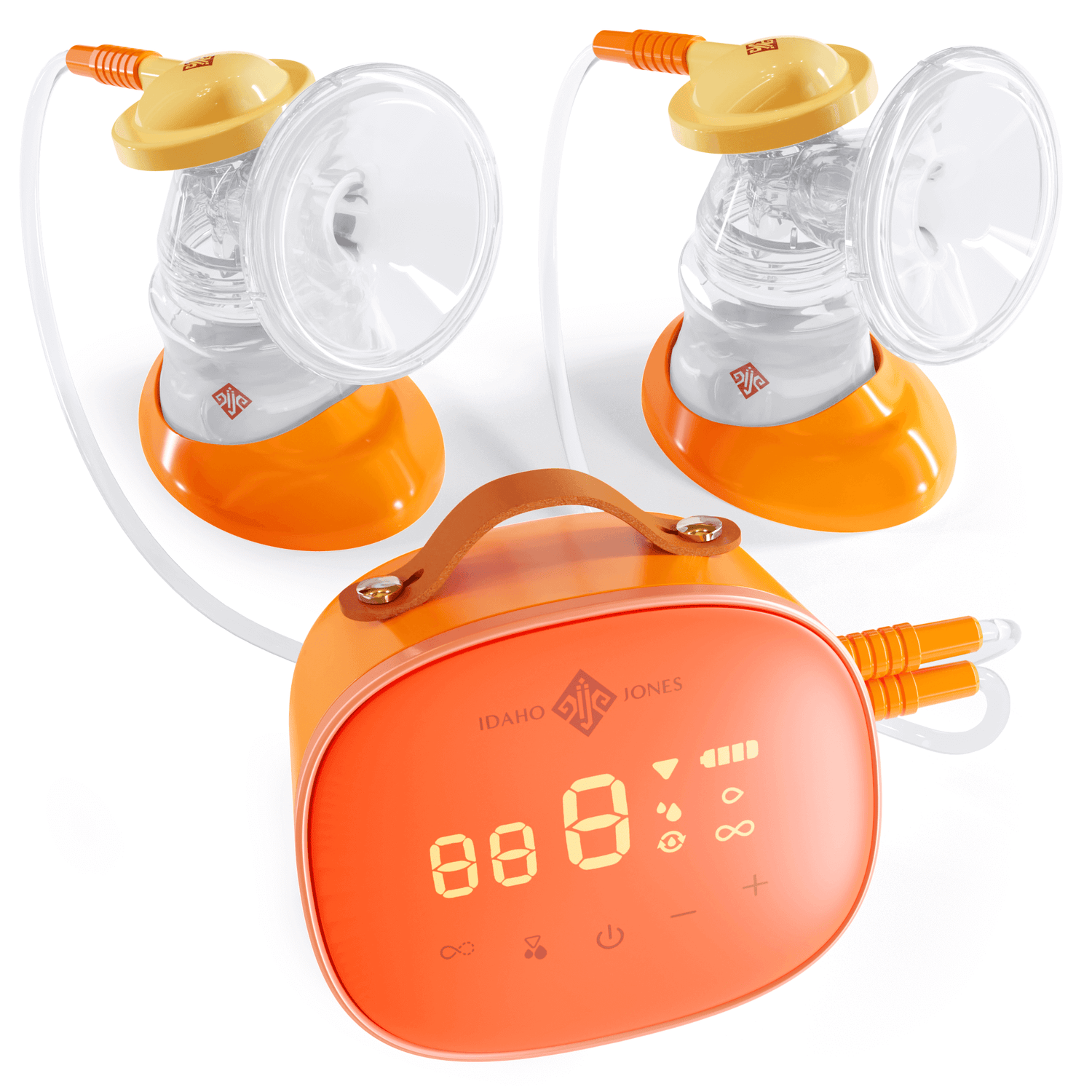
Pumping at Work Laws
Share
Going back to work after having a baby can be daunting if you’re a breastfeeding mother who needs to pump breast milk. Fortunately, the PUMP Act that was signed into law by President Biden in December 2022 extends the rights of pumping moms. Let’s take a look at the Break Time for Nursing Mothers Act of 2010 and the Providing Urgent Maternal Protections (PUMP) for Nursing Mothers Act of 2022, two pieces of legislation that protect breastfeeding mothers in the workplace.
Break Time for Nursing Mothers Act of 2010
The Break Time for Nursing Mothers Act was passed by Congress in 2010 and is an amendment to the Fair Labor Standards Act (FLSA).
This law requires employers with 50 or more employees to give their nursing employees break time and space to express milk for one year (12 months) after their baby’s birth. The break time must be unpaid but does not have to be counted towards an employee’s total hours worked each week. Employers must also provide a private space, other than a bathroom, to express milk as long as it does not interfere with the employer’s operations.
The Break Time for Nursing Mothers Act was a step in the right direction to protect working mothers, but it left many out of its scope.
- For starters, the act only applied to hourly workers and does not cover salaried employees. This means that women who are paid an annual salary are not protected from being denied reasonable break times or places to express milk at work.
- There was ambiguity about when employers can dock pay from breastfeeding mothers
- It left moms who were denied the ability to pump without any meaningful way to enforce their rights.
Providing Urgent Maternal Protections (PUMP) for Nursing Mothers Act of 2022
On December 29, 2022, President Biden signed the Fiscal Year 2023 Omnibus Spending Bill into law, which includes the Providing Urgent Maternal Protections (PUMP) for Nursing Mothers Act.
The Pump Act expands upon the Break Time for Nursing Mothers Act and provide even greater protections for working mothers who need to express milk while on their job:
- It extends the protections of the 2010 Break Time law to nearly 9 million workers, including salaried employees and other categories previously exempted.
- It clarifies that any time spent pumping while working, which is a common occurrence, must be counted as hours worked.
- It provides pumping mothers who are denied the ability to pump with the same remedies as available for other FLSA violations.
In the event that you suspect your company is not upholding your rights, there are steps you can take to address the situation. The first step is to inform your employer about their potential violation of the PUMP Act and allow them 10 days to rectify the issue. If your employer fails to comply within this timeframe, you have the option to lodge a complaint with the Wage and Hour Division of the US Department of Labor (DOL). The DOL's website provides detailed guidelines on how to file a complaint, offering a step-by-step process for your reference.
While the Pump Act still has some shortcomings (exemptions were made for the airline and rail industries and small businesses), it is a huge step forward for breastfeeding mothers. With this law in effect, breastfeeding moms can go back to work more confidently knowing that their rights are protected.

